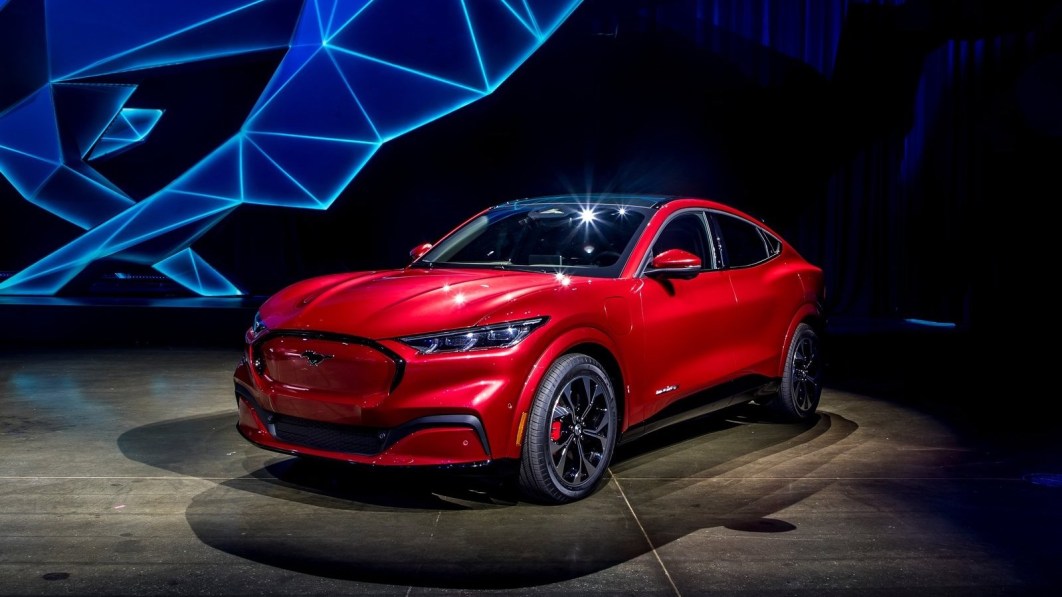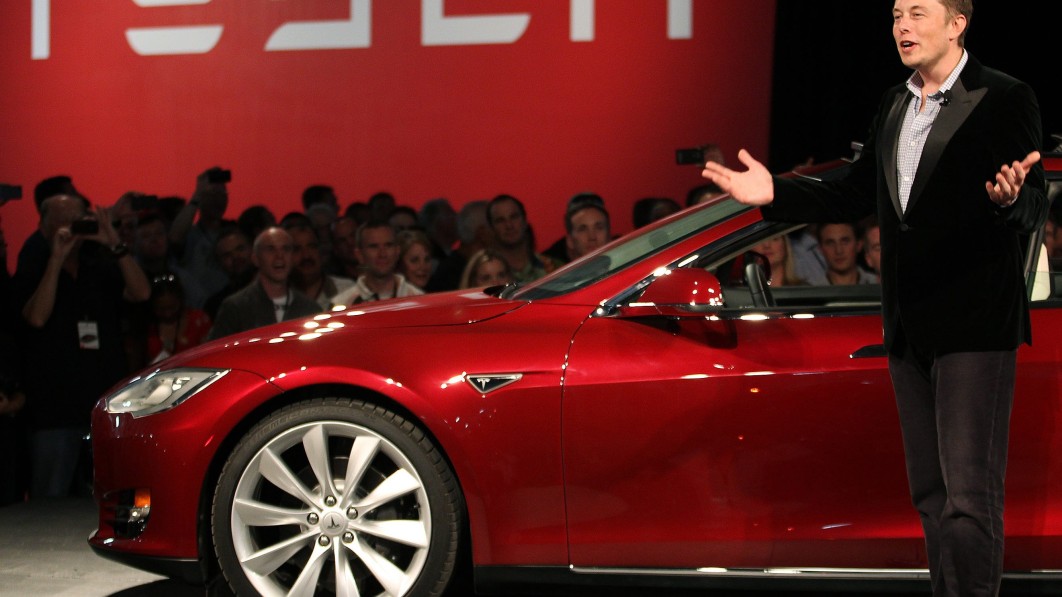 A recent Ford patent filing examines using bidirectional charging and an adapter to charge multiple vehicles from the same power source—with potential fleet applications. A Ford patent application published by the United States Patent and Trademark Office (USPTO) July 27, 2023, and originally filed January 26, 2022, details the charging of...
A recent Ford patent filing examines using bidirectional charging and an adapter to charge multiple vehicles from the same power source—with potential fleet applications. A Ford patent application published by the United States Patent and Trademark Office (USPTO) July 27, 2023, and originally filed January 26, 2022, details the charging of... Ford patents bidirectional charging adapters for fleet charging
 A recent Ford patent filing examines using bidirectional charging and an adapter to charge multiple vehicles from the same power source—with potential fleet applications. A Ford patent application published by the United States Patent and Trademark Office (USPTO) July 27, 2023, and originally filed January 26, 2022, details the charging of...
A recent Ford patent filing examines using bidirectional charging and an adapter to charge multiple vehicles from the same power source—with potential fleet applications. A Ford patent application published by the United States Patent and Trademark Office (USPTO) July 27, 2023, and originally filed January 26, 2022, details the charging of... 


 Expanded U.S. EV battery production is a cornerstone of the Biden administration's effort to grow the economy while shifting it to less carbon-intensive pursuits. But a new Bloomberg report highlights a potential issue with that plan. As it negotiates new contracts with the Detroit Three U.S. automakers, the United Auto Workers (UAW) is not happy...
Expanded U.S. EV battery production is a cornerstone of the Biden administration's effort to grow the economy while shifting it to less carbon-intensive pursuits. But a new Bloomberg report highlights a potential issue with that plan. As it negotiates new contracts with the Detroit Three U.S. automakers, the United Auto Workers (UAW) is not happy... 

